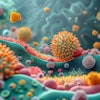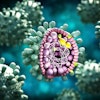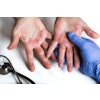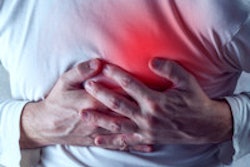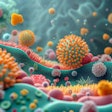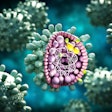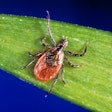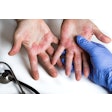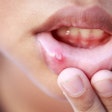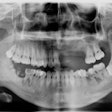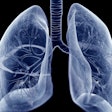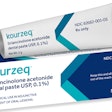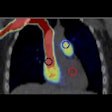Chronic oral infection with the periodontal disease pathogen Porphyromonas gingivalis not only causes local inflammation of the gums leading to tooth loss but is also associated with an increased risk of atherosclerosis. A study published July 10 in PLOS Pathogens reveals how the pathogen evades the immune system to induce inflammation beyond the oral cavity.
The study was co-authored by Richard Darveau, PhD, chairman of the periodontics department at University of Washington School of Dentistry.
"We had published earlier that this mechanism could be used by P. gingivalis to evade host detection, and this paper is the first to demonstrate it in an animal model of disease," Dr. Darveau said in a press release.
The broader implications of these findings by Dr. Darveau; Caroline Attardo Genco, PhD, of the Boston University School of Medicine; and their colleagues are clear when researchers note that there is a growing body of evidence that ties chronic inflammation to an elevated risk of serious illnesses such as heart disease, cancer, and diabetes.
The study finds that P. gingivalis and other gram-negative bacteria have an outer layer comprised of sugars and lipids. The immune system recognizes parts of this coating and takes action against the bacteria. In turn, P. gingivalis modifies its outer coat to avoid the immune system's efforts.
The researchers focused on lipid A on the outer surface of P. gingivalis. Lipi A interacts with a key regulator of the host's immune system, TLR4. P. gingivalis can produce different versions of lipid A, and the researchers sought to explain how these alter the immune response and allow the pathogen to survive and cause inflammation.
"P. gingivalis modifies its lipid A structure in order to evade host defenses and establish chronic infection leading to persistent systemic low-grade inflammation," they concluded. They also found an attribute unique to P. gingivalis among gram-negative pathogens: "P. gingivalis evasion of TLR4-mediated host immunity results in progression of inflammation at a site that is distant from local infection by gaining access to the vasculature."
